Key Points:
-
Ex–BlackRock executive Joseph Chalom says Ethereum possesses the trust, security, and liquidity needed to underpin institutional finance.
-
At Sharplink, Chalom oversees $3 billion in staked ETH and is experimenting with restaking strategies through partnerships with Consensys, Linea, and EigenLayer.
-
Chalom believes Ethereum will become the foundation of global finance, evolving beyond crypto to power mainstream financial systems.
For Joseph Chalom, former head of digital assets at BlackRock and now co-CEO of Sharplink, Ethereum isn’t just another blockchain — it’s the financial infrastructure of the future.
In an interview with CoinDesk, Chalom said Ethereum’s security, transparency, and liquidity make it the only blockchain institutions can fully trust as the foundation for digitized global finance. “Ethereum has the majority of stablecoins, tokenized assets and high-quality smart contract activity,” he explained. “If you’re going to digitize finance, you need a chain institutions can trust — and it’s Ethereum.”
Ethereum as the Institutional Standard
Chalom’s conviction is rooted in two decades at BlackRock, where he helped build and scale Aladdin, the firm’s portfolio management platform now used by major banks, insurers, and sovereign funds worldwide. Later, he helped guide BlackRock’s entry into crypto, backing Circle, supporting the IBIT ETF, and investing in tokenization startup Securitize.
He now views Ethereum as the logical evolution of those systems. While Bitcoin remains a “great store of value,” he argues, Ethereum’s multi-purpose design allows it to support tokenized assets, lending, trading, and complex financial contracts — the backbone of the emerging digital economy.
“Ethereum is where finance can actually live,” Chalom said. “It’s programmable money that institutions can build on — and that changes everything.”
‘A Productive Asset’: Sharplink’s ETH Strategy
At Sharplink, Chalom manages over $3 billion in ether, most of which is actively staked to generate yield. Ethereum’s proof-of-stake mechanism currently yields around 3% annually, turning ETH into what Chalom calls a “productive asset.”
“Unlike bitcoin, which just sits idle in portfolios, ether earns yield,” he said. “That productivity can be returned to shareholders — it’s a new model of corporate treasury management.”
Sharplink is pushing this idea further through restaking, a next-generation approach that allows ETH holders to re-stake their tokens across multiple networks to unlock additional returns. The company is partnering with Consensys, Linea, and EigenLayer to build regulated restaking frameworks that align with institutional compliance standards.
“If you’re willing to lock duration, you can be the ‘L’ in total value locked,” Chalom said. “That opens up access to safer and better returns.”
By holding capital long-term, Sharplink aims to demonstrate how digital asset treasuries (DATs) can provide DeFi-level returns with institutional-grade risk controls.
Scaling Institutional Ethereum
While digital asset treasury firms have exploded in 2025, Chalom believes many won’t last. “Without strong trading volumes, clean balance sheets, and in-house staking teams, most treasuries will underperform,” he said.
Sharplink’s goal, by contrast, is to bridge Wall Street and DeFi, not replace traditional finance. Chalom sees Ethereum as the connective layer between the two.
“We spent decades building financial rails full of intermediaries,” he said. “Ethereum gives us a chance to rebuild those rails — faster, cheaper, and more secure.”
He describes Sharplink’s role as continuing BlackRock’s legacy, but on decentralized infrastructure: “We’re building institutional trust into a permissionless system.”
Ethereum Beyond Crypto
Chalom rejects the notion that Ethereum is merely “crypto tech.” Instead, he sees it as core infrastructure for a future financial system where digital assets, tokenized securities, and traditional instruments coexist seamlessly.
“Over time, we won’t call it DeFi or TradFi,” Chalom said. “We’ll just call it finance. And Ethereum will be the infrastructure underneath.”
That vision—where tokenized assets trade in real-time, cross-border settlements happen instantly, and capital becomes programmable—aligns with the direction of institutional finance globally.
As Wall Street’s relationship with blockchain matures, Chalom believes Ethereum is already where the future is being built.

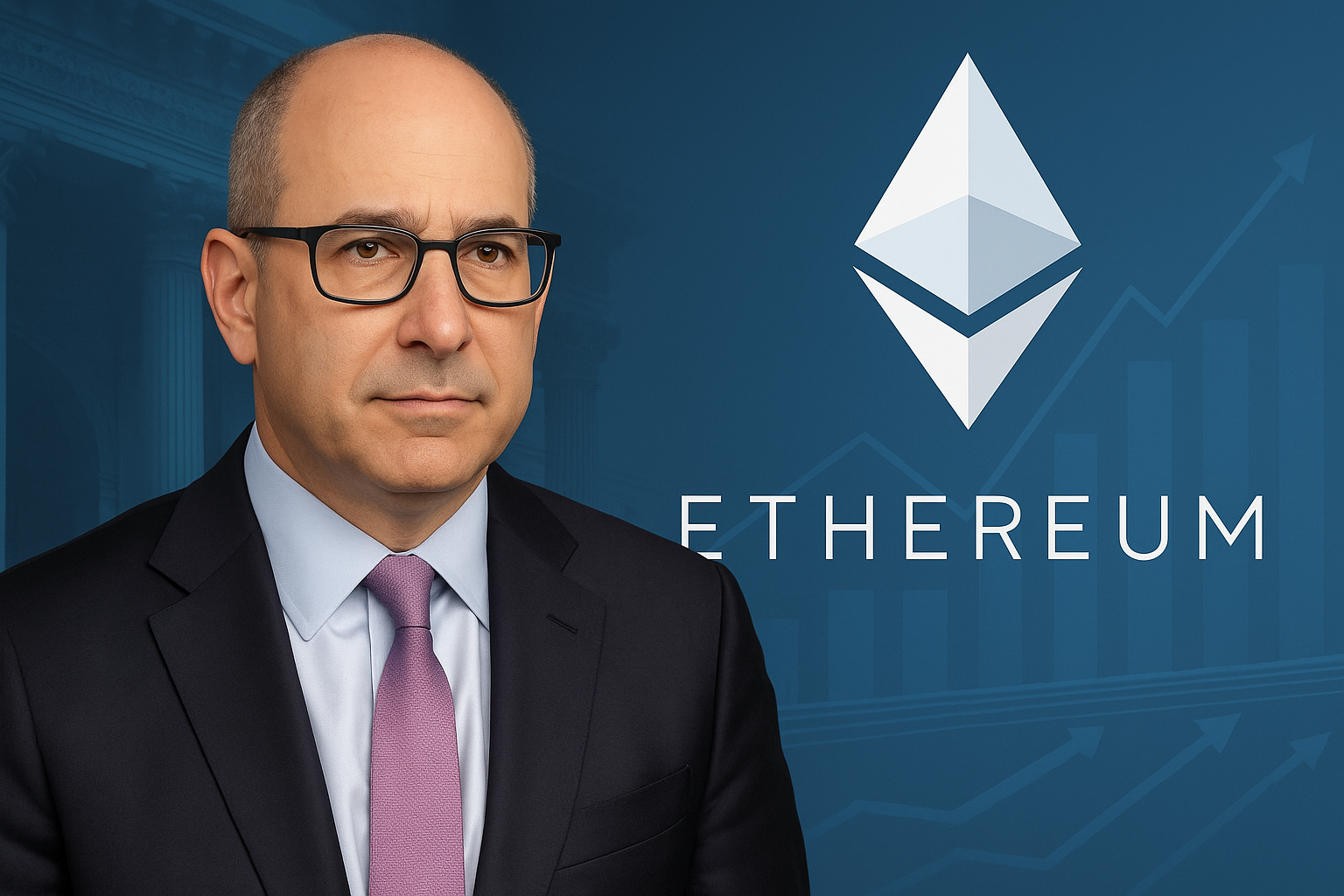


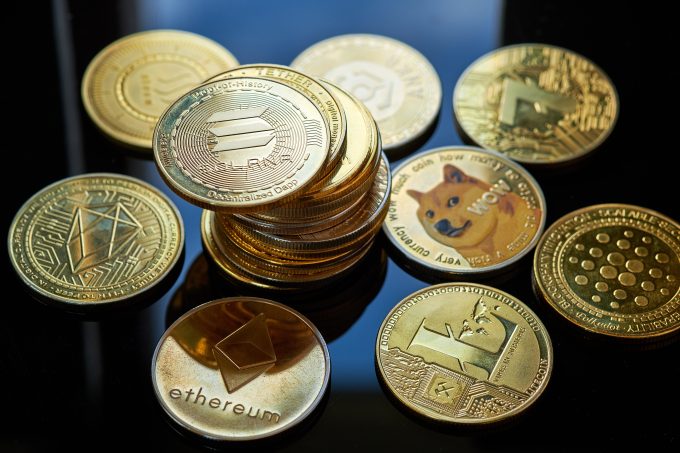
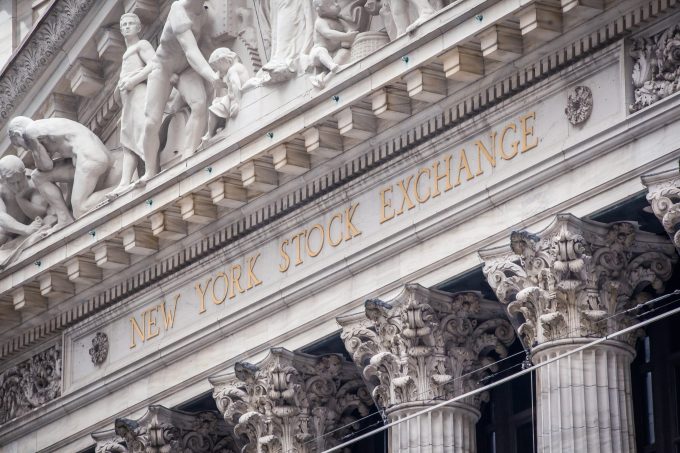

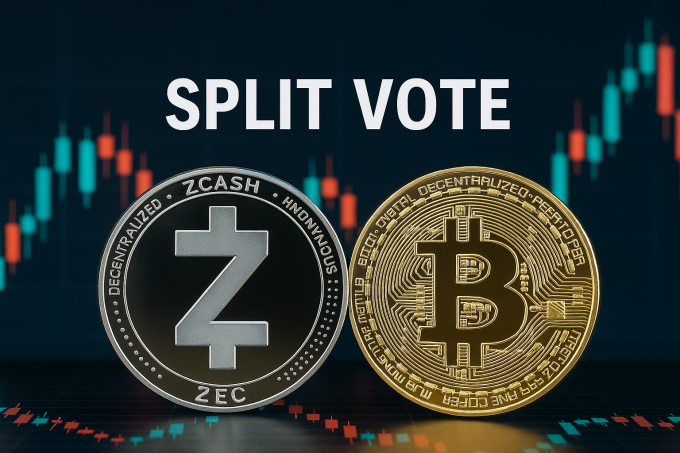



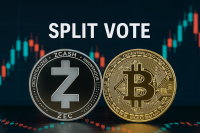
Leave a comment